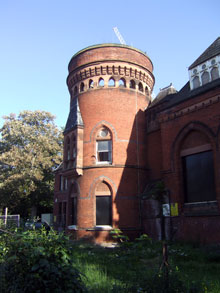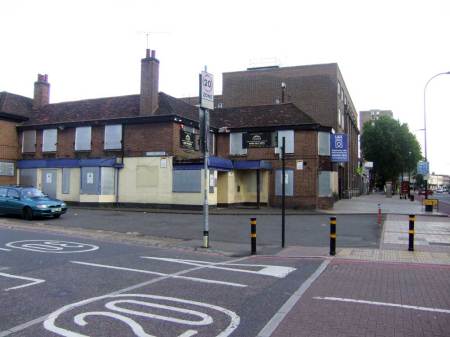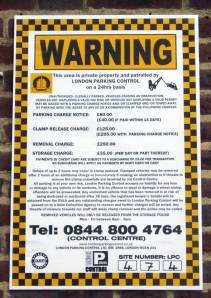A planning application for a residential building on the site of the Timber Yard on Spring Bank Road, just a few meters from the entrance to platform 1 of Hither Green Station, has been submitted. The designs are not available yet but what details there are of this outline planning application can be seen here. The proposal is for:
The demolition of existing buildings on the Builders Yard site, Springbank Road SE13 and construction of a five storey building comprising 33 residential units (4 x 1 bed, 16 x 2 bed and 13 x 3 bed) incorporating balconies/terraces and landscaping, provision of refuse/bicycle store and 5 car parking spaces. (Outline Application, but with only landscaping treated as a reserved matter).
This is an important change of use for the site, it’s currently designated for employment and there isn’t much going on around here. Hither Green is becoming more and more a purely residential area and this is a trend that is not really appealing and that once established is very difficult to invert. A local economy is a precious thing and shouldn’t be dismissed lightly. On the other hand I’ve been told that recently trade has been terrible for them, it’s a sad state of things when businesses want to throw in the towel, but can you blame them for trying to make an exit landing on their feet if things are so bad that they risk to go down altogether?
But putting these considerations aside I don’t think that this proposal makes the best use of this site. It’s a sizable plot in a rather strategic location and I think that at the very least it should incorporate some commercial space at the ground floor. Being just outside a station entrance makes it highly suitable for some form of retail to serve commuters coming back from work and Springbank road would surely benefit form having an enhanced variety of shops outside the station. If a critical mass of shops would form then the whole street could take off as a well functioning shopping parade, as it is now it’s a bit patchy and lacking some basics, and that’s the reason why despite being a very busy commuters’ approach it struggles to fulfill its potential.
As for the protection of employment areas, that’s another thing that need to be considered, but in a wider view. What is the Council’s policy about employment areas? It seems to me that all that’s happening is that they are being converted into housing. How can trades and businesses prosper if a policy to help them succeed is not deployed? There are a lot of big speeches made about apprenticeship schemes and trainings for people to go into plumbing of other trades, but once you’ve been trained what are the opportunities for employment if those businesses don’t have space to grow?
Again, the critical mass, if trades move out of the area then suppliers like the timber yard stop working, then cafes lose trade and so on and on and the whole area becomes poorer.
The space around Hither Green Station is now very valuable if converted into housing, and it can be a positive for the local community if converted into an appropriately balanced mixed use, but these conversions should not come at the cost of the destruction of the local economy. Maybe employment areas should be protected, just like green spaces, if a site is being converted into housing then another of equal size must be found nearby for the same use.
Thanks to the ever alert Biccy (second mention on this blog) for posting about the application on the Hither Green Forum.



